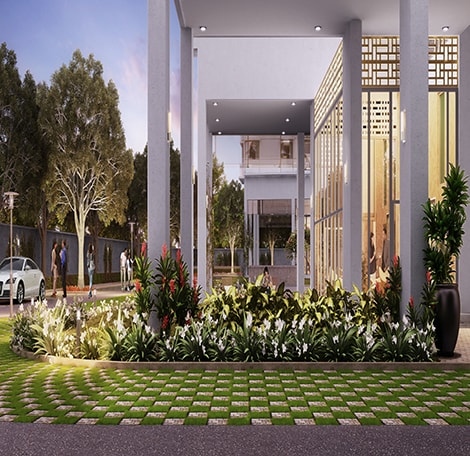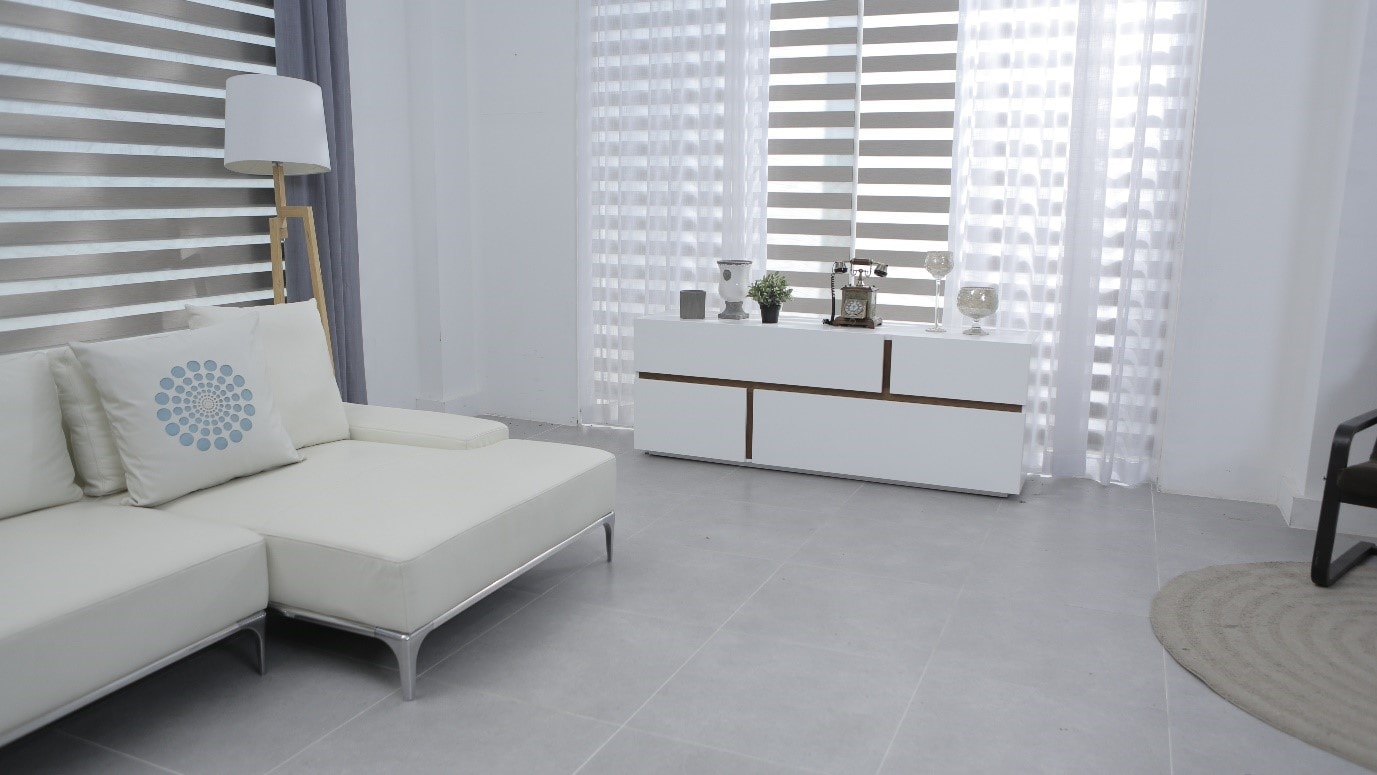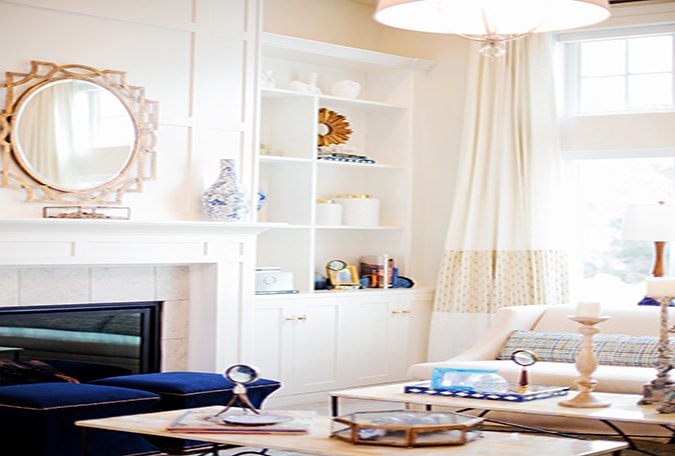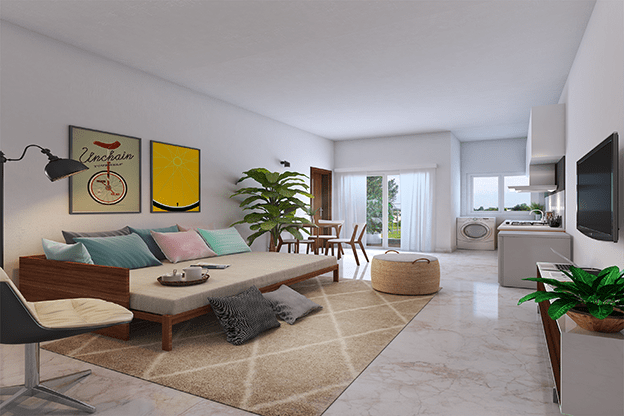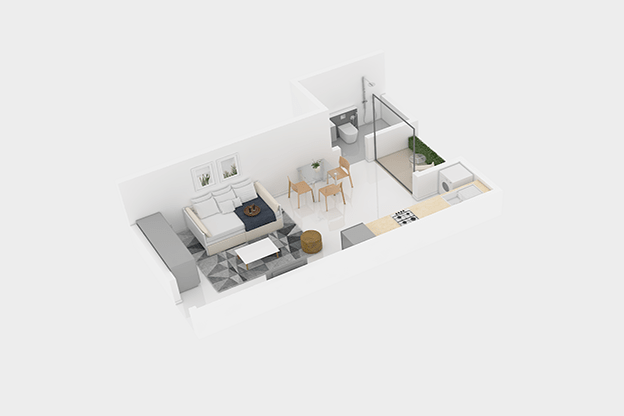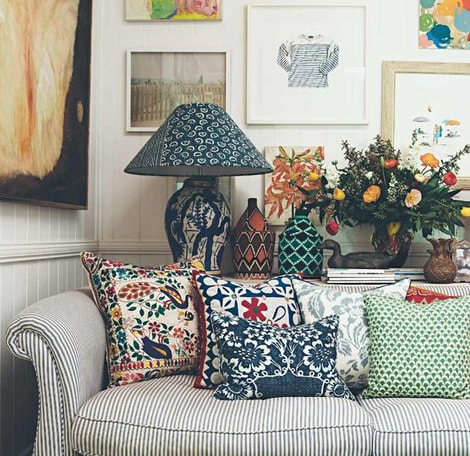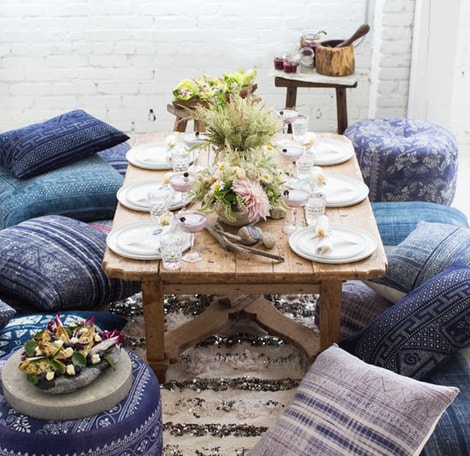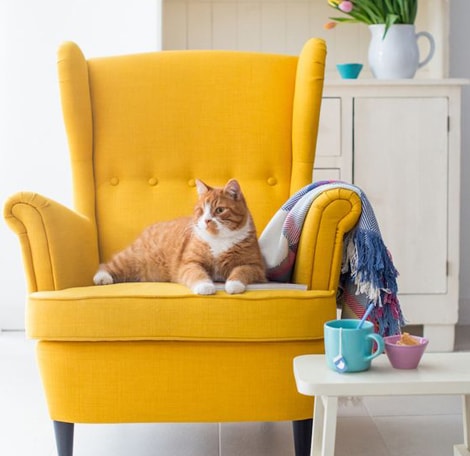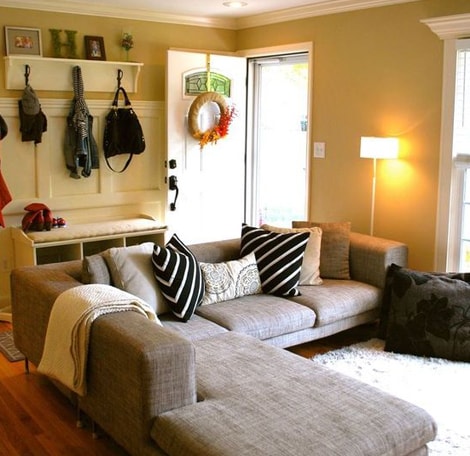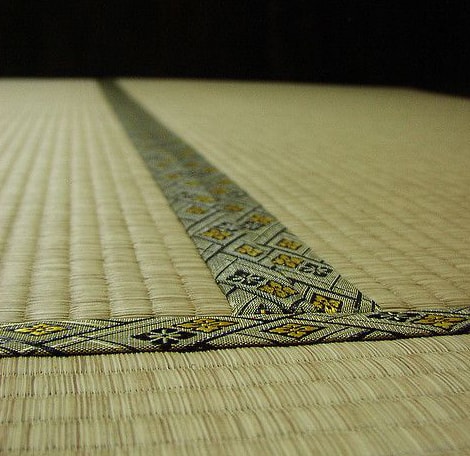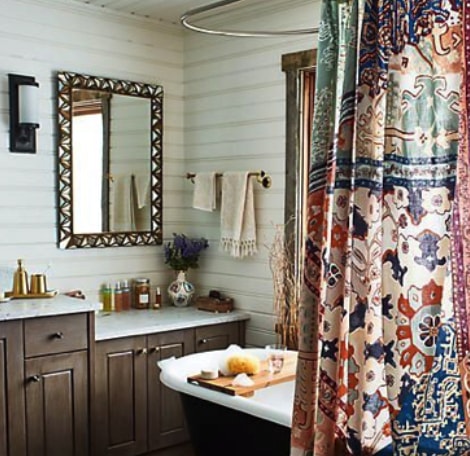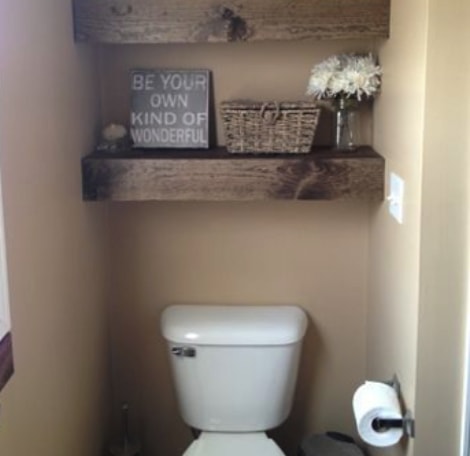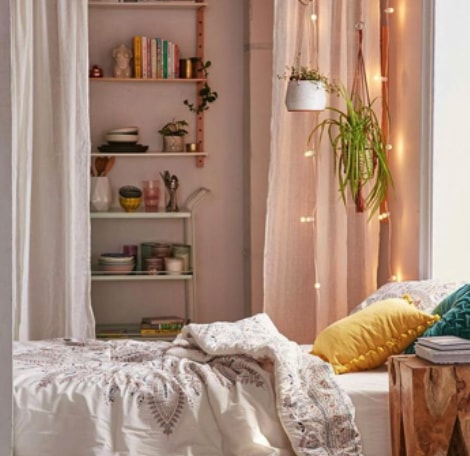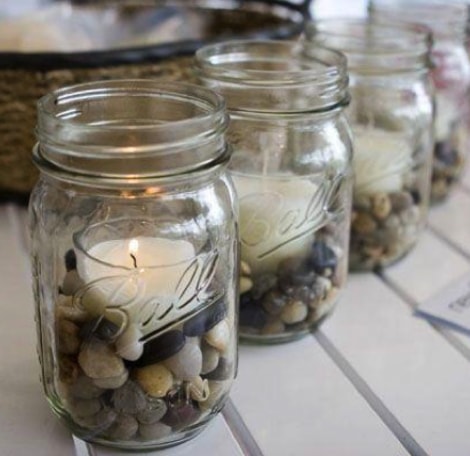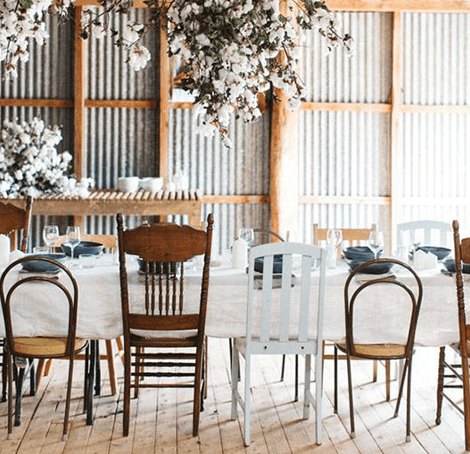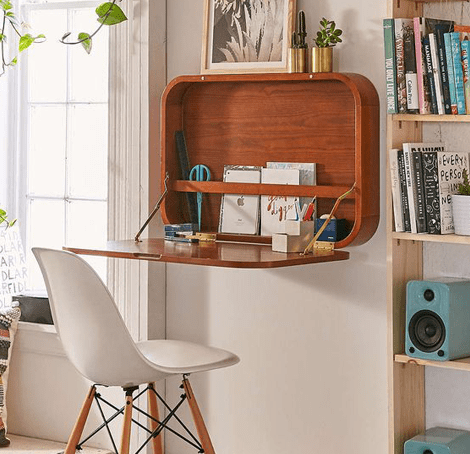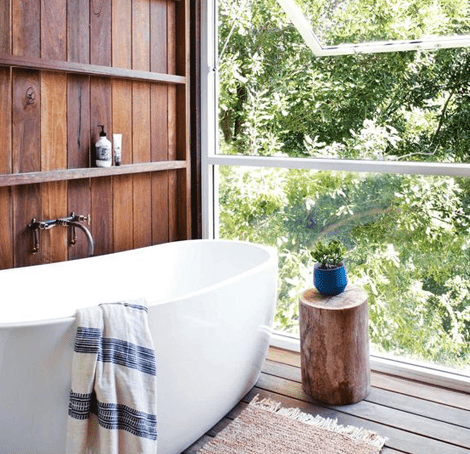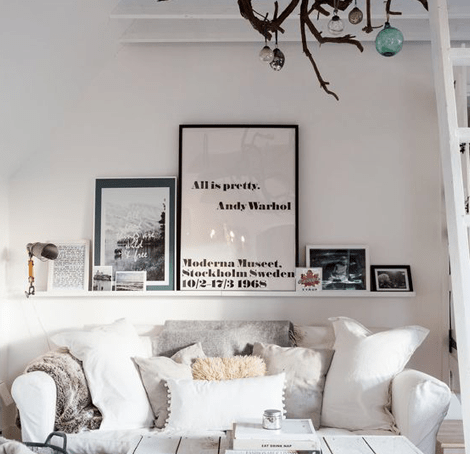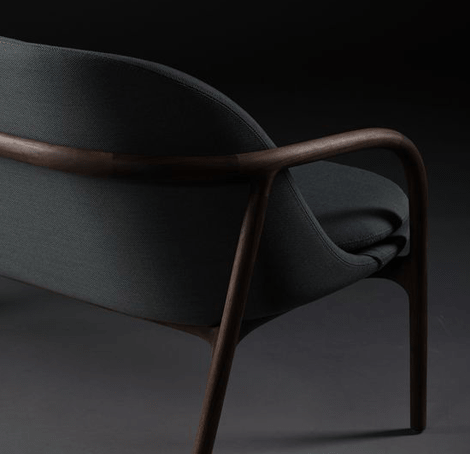Assetz Property Group was founded in 2006 and the young-gun continues to find itself in the top of the lists of developers in India. Headquartered in Singapore, Assetz has dabbled in spheres related to the commercial, residential, warehousing and fund management sectors. At this moment, Assetz is behind over 10 million square feet of development land. Assetz takes pride in their designs and they put in a lot of research behind each of its projects. Assetz properties’ master plans, architecture, choice of location, development strategy and design stand testimony to their work ethics and their abilities. With an upward growth trajectory, Assetz is not just a young player, but also the face of the future.
Whitefield’s rapid development, especially in the central region, hasn’t done residential development too many favors. With the main areas of Whitefield out of bounds and saturated, all the focus shifted to an area just off Whitefield called Sai Baba Ashram Road. With excellent connectivity, proximity to industries and distance enough from the busy Whitefield streets, this area is not only developing rapidly but is also witnessing new residential projects springing up. For a project that’s large enough for an all-inclusive luxury development requires space while one that demands peace and comfort of living requires distance enough from the noise of traffic. Sai Baba Ashram offers all of these things, even while fulfilling needs of connectivity making it perfect for a development such as Assetz Marq.
Assetz Marq- Interiors, Design, Structure
A project that’s 28 acres large has to have a thought-out plan in place, and Assetz stepped up to that need with Marq.
Each home in Marq is well ventilated, vaastu compliant and large. 3BHK apartments are only on the corners of each floor and each floor houses only 4 families. Tower sizes across the project are different so as to keep up with views and space for each.
The project is divided into 4 neighborhoods (phases) each 20,000 sq feet large. Each neighborhood has its own clubhouse with all the required amenities and more. 70% of the entire project area is open space while 30% is residential and commercial space combined.
Marq being the only mixed development of its kind in Whitefield, offers a commercial complex, complete with shopping centre, food court, school, IT offices and more.
Assetz doesn’t forget the importance of being environmentally conscious and Marq has every provision for a green space including rain water harvesting systems, a rooftop pool, a sewage treatment plant and organic waste converter. There is also an electric vehicle charging points in basements as well as a large central linear park around the perimeter of the project filled with dense tree growth ensure abundant green space.
Assetz Marq comes with Italian quality and sturdiness. Doors, tiles and most fittings have been imported from Italy. Construction type has also been of great importance to Assetz and they’ve chosen to go with Mivan technology instead of conventional techniques.
Know more: Unique Features of Assetz Marq
Assetz Marq- Sustainable, Self-Sufficient, Quality Living
A development that is self-sufficient and consists of a commercial complex as large as Marq requires a lot of thought and research into the perfect design and structure of the development. At Assetz Marq the builders is using services of an Australian expert Mr Ross Bonthorne for the same. While reasons might vary, many things about the property make it hard not to make buyers want to invest in it. Here we list a few –
The first reason is its luxurious features. Marq has a central landscaped courtyard with leisure and recreational facilities. A double height lift lobby enveloped in lush green landscapes is provided to the residents as well as double-height weather protected reading corners and shared areas.
The second reason is space. Marq is designed in a way that ensures large balconies, airy bedrooms and spacious living areas. Each floor has 4 homes only, so as to ensure privacy and better views. Provisions to interchange the living and dining areas are in place and lobbies in bedrooms provide privacy from the living and dining area. Foyer at the entrance of each home offers further space and privacy.
The third reason is modern design. Assetz provides for an open modular kitchen in each home along with requirements for utilities and appliances. Balconies attached to every living room offer room for modern interiors and a stellar view. In larger units, master bedrooms have an additional sit out. Designer false ceiling, glazed external walls and designer tiles further add to the modern look of each home.
The fourth reason is the attention to safety features. Apart from technology that helps one ensure their child’s safety at all times, each high rise tower in Marq has two fire staircases, smoke detectors and fire fighting systems as well as a Helipad for emergency evacuations. Each low rise tower meanwhile is to have one fire staircase and fire fighting system. In order to avoid children from straying too far away, the ground level has open spaces for children to play right under their buildings. A 2.5 km jogging track skirting around the entire development through all the neighbourhood, keeps away from driveways. The driveways don’t cross residential spaces or the retail centre.
The fifth reason is comfort of living. This includes provisions for tutorials within the complex as well as provisions for easy bill payments, food ordering, table reservations, and contacting the security are all made from within the comfort of residents’ homes.
The sixth reason is amenities. Amenities add value to a home and Marq includes a centralised sports arena, space for walking, a jogging track, linear park can also doubles up as a picnic spot. Each clubhouse has a fully equipped gymnasium, indoor sports provisions, rooftop swimming pool with separate kids pool, community hall and more.
Check out Model Apartment here
Construction work at Marq commenced in January 2015 and phase I is expected to be complete and ready for possession by October 2017. The entire township is expected to be complete by the year 2022.



